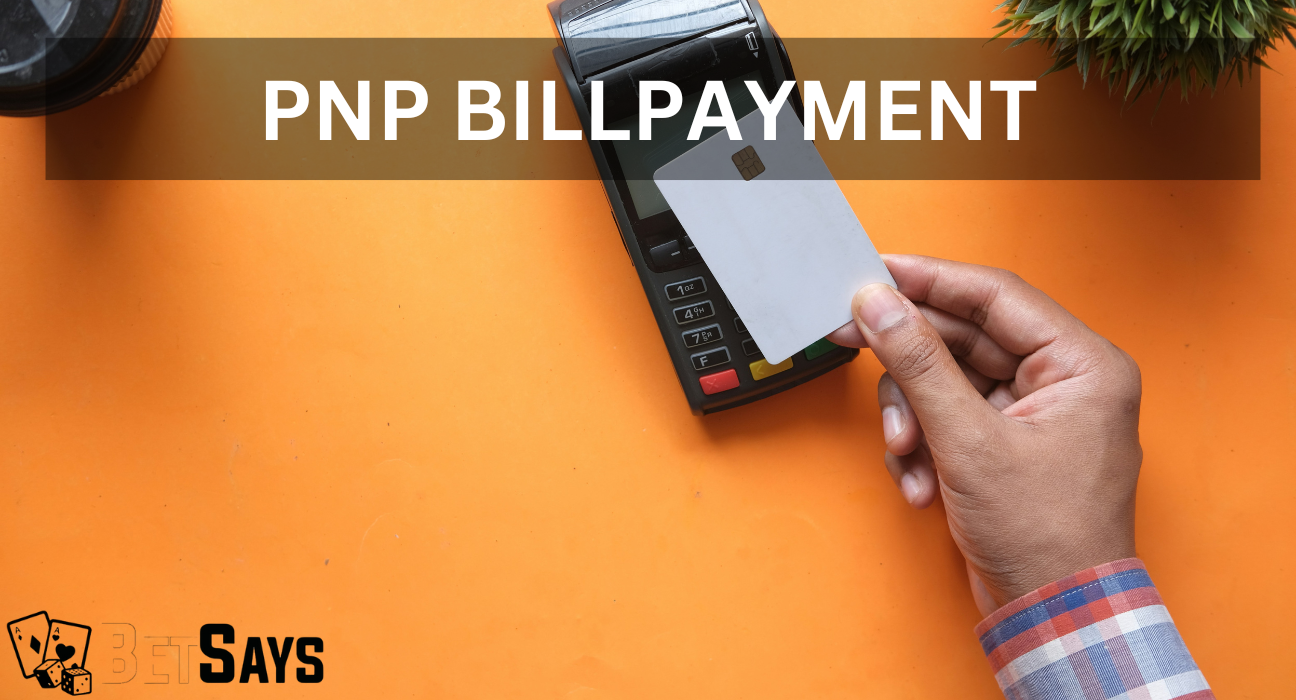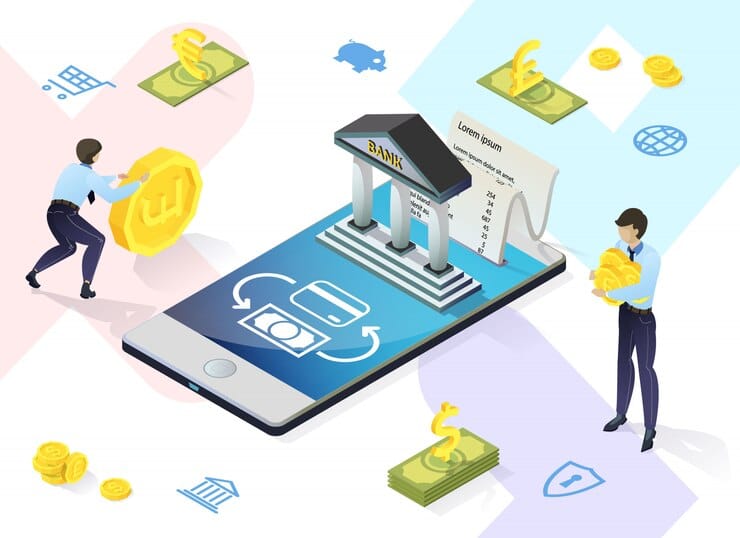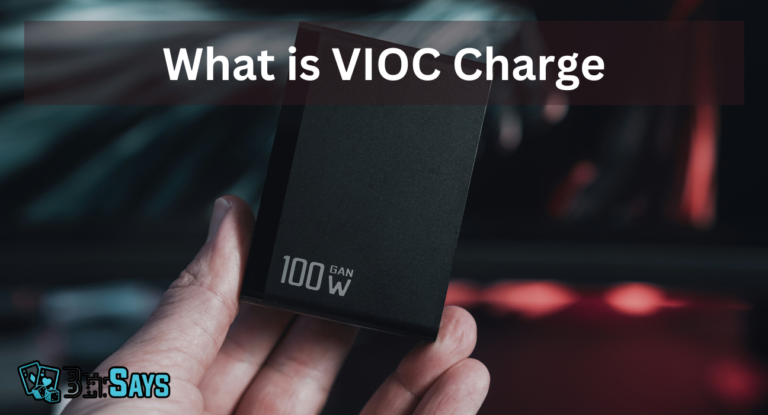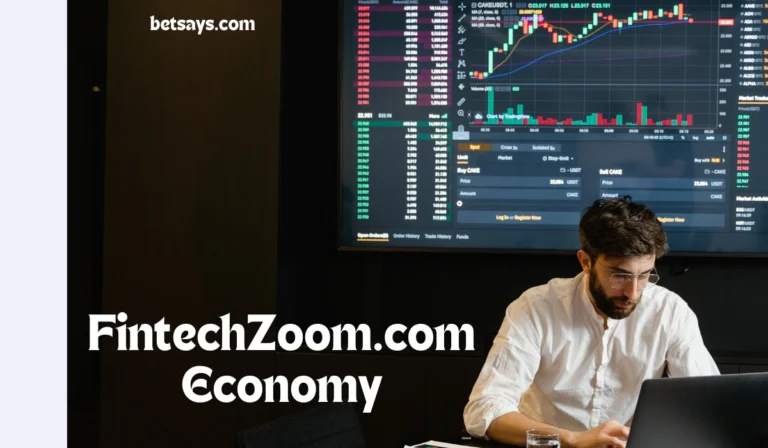What’s the PNP BILLPAYMENT Charge?
Have you ever glanced at your credit card statement and wondered, “What on earth is PNP BILLPAYMENT?” If so, you’re not alone. This cryptic term has been popping up on statements across the country, leaving many puzzled. In this article, we’ll unravel the mystery behind PNP-BILLPAYMENT, explain what it is, why it might appear on your statement, and what you can do if you don’t recognize the charge.
What is PNP-BILLPAYMENT?
PNP BILLPAYMENT is associated with an online payment system known as Plug’n Pay. This system is a trusted tool used by businesses and municipalities to securely process credit card and electronic check payments. When you see PNP BILLPAYMENT on your statement, it indicates that a transaction was processed through Plug’n Pay.
What is Plug’n Pay?
Plug’n Pay is an online payment system that acts as a digital bridge connecting your payments to the businesses or municipalities you’re paying. It’s been around for a while, helping to make transactions smoother and more secure. When you pay your water bill online, or perhaps your property taxes, Plug’n Pay is the vehicle that carries your payment safely to its destination. It’s trusted by various businesses and municipalities for its ability to securely process credit card and electronic check payments.
What Charges Can Appear Under Plug’n Pay?
The types of charges that might show up on your statement as PNP BILLPAYMENT are quite diverse, reflecting the wide range of payments that can be processed through this system. Here are some examples:
- Rent Payments: If you pay your rent online, it could show up as a PNP-BILLPAYMENT.
- Utility Bills: Payments for water, electricity, and sewage can appear under this label.
- Property Taxes: Settling your property taxes online might result in a PNP-BILLPAYMENT charge.
- Trash Fees: Payments for city services like trash collection can also be processed through Plug’n Pay.
- Pet Licenses: Fees for pet licenses might take this route.
- Building Permit Fees: Payments for building permits can show up as PNP-BILLPAYMENT.
Why Might You See a Plug’n Pay Charge on Your Card?
The most straightforward reason for seeing a PNP-BILLPAYMENT charge on your credit card statement is that you’ve made a payment to a business or municipality that uses the Plug’n Pay system. It could be anything from your monthly rent to your water bill or even a pet license fee.
However, if you don’t recognize the charge, it could be an early warning sign of fraudulent activity. In some cases, someone might have gotten hold of your card details and is using them to make unauthorized payments. It’s crucial to keep a close eye on your credit card statements and question any charges you don’t recognize.
What to Do If You Don’t Recognize a Charge
If you spot a PNP BILLPAYMENT charge on your statement and you’re certain it’s not something you authorized, don’t worry. Here are the steps you can take to resolve this:
- Contact Your Bank or Credit Card Company: They can provide more details about the transaction, such as when it was made and who the recipient was. This information can often jog your memory if it’s a legitimate charge you’ve simply forgotten about.
- Dispute the Charge: If the charge remains a mystery, your bank or credit card company can guide you through the process of disputing it. They’ll investigate the charge, and if it’s found to be fraudulent, they’ll typically refund the money to your account.
Our Concluding Thoughts
PNP BILLPAYMENT is associated with the Plug’n Pay system, which is used by various businesses and municipalities to process payments. These charges can cover a wide range of payments, from rent and utility bills to pet license fees and property taxes. If you see a PNP-BILLPAYMENT charge you don’t recognize, don’t panic. Reach out to your bank or credit card company, and they’ll help you get to the bottom of it.
To avoid fraudulent charges, always keep a close eye on your credit card statements and immediately investigate any charges you don’t recognize. Regularly updating your passwords and using secure payment methods can also help protect against fraud.
We’d love to hear from you! Have you encountered a BP FDMS CAT charge on your statement? How did you handle it? Or perhaps you have a question or concern about Plug’n Pay charges? Feel free to share your thoughts and experiences in the comments below. Let’s keep the conversation going and help each other navigate the world of online payments.
FAQs
What is PNP-BILLPAYMENT?
PNP-BILLPAYMENT is a charge associated with the Plug’n Pay system, used by businesses and municipalities to securely process credit card and electronic check payments.
What types of charges can appear under Plug’n Pay?
Charges for rent, utility bills, property taxes, trash fees, pet licenses, and building permit fees can all appear under Plug’n Pay.
Why might I see a Plug’n Pay charge on my card?
You might see a Plug’n Pay charge if you’ve made a payment to a business or municipality that uses the Plug’n Pay system. If you don’t recognize the charge, it could be a sign of fraudulent activity.
What should I do if I don’t recognize a PNP-BILLPAYMENT charge?
Contact your bank or credit card company for more details about the transaction. If the charge remains a mystery, dispute it with your bank or credit card company.
How can I avoid fraudulent charges?
Keep a close eye on your credit card statements, regularly update your passwords, and use secure payment methods to protect against fraud.







